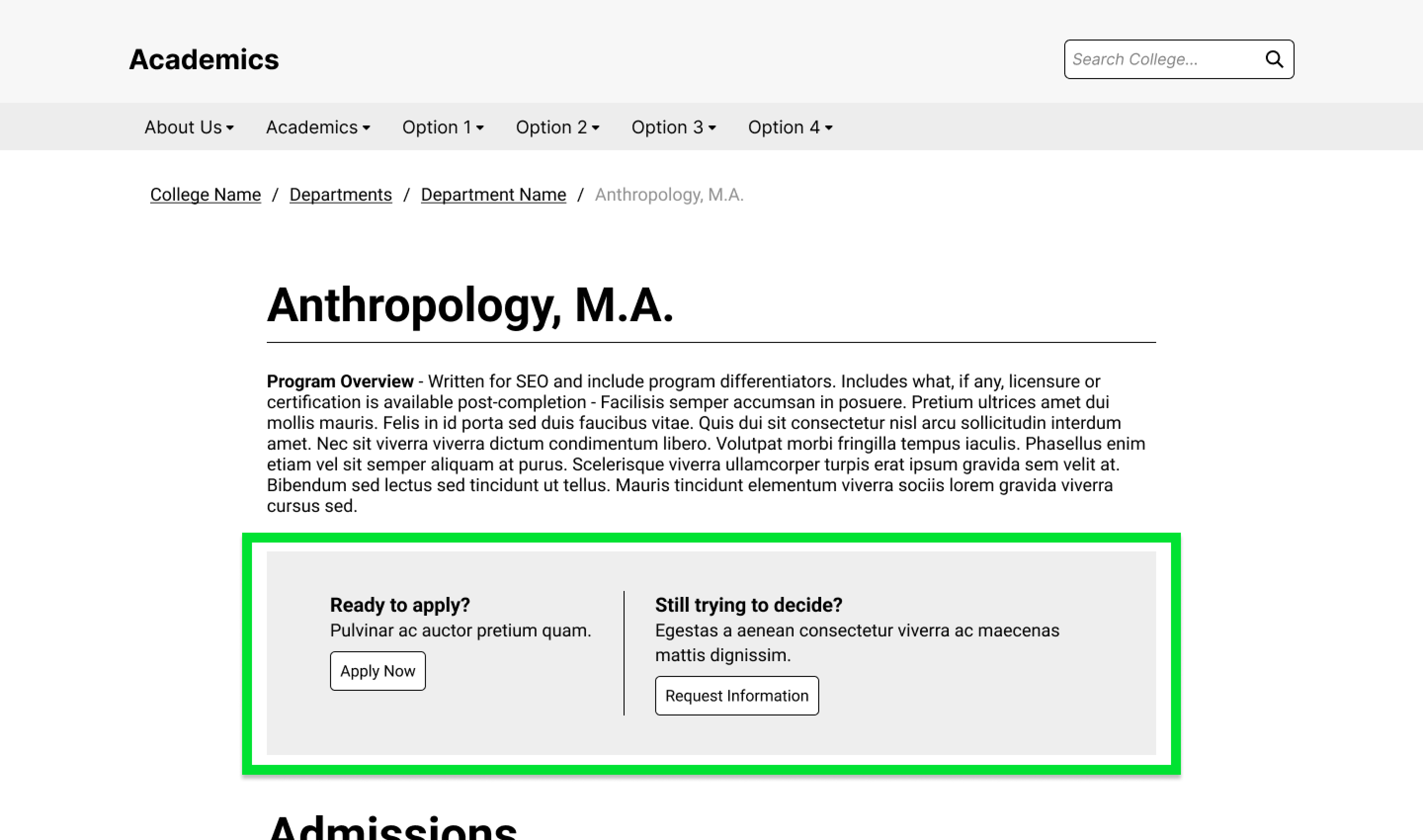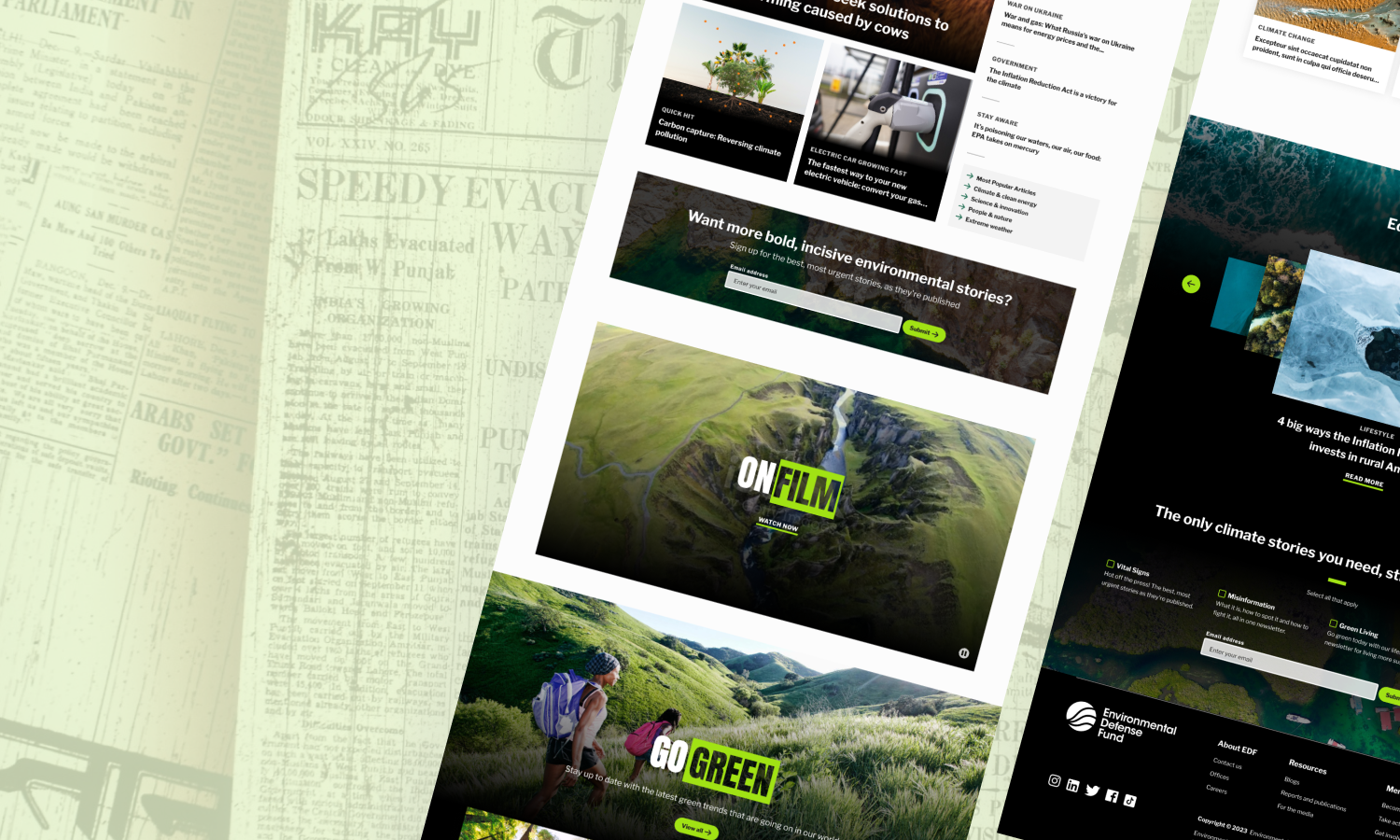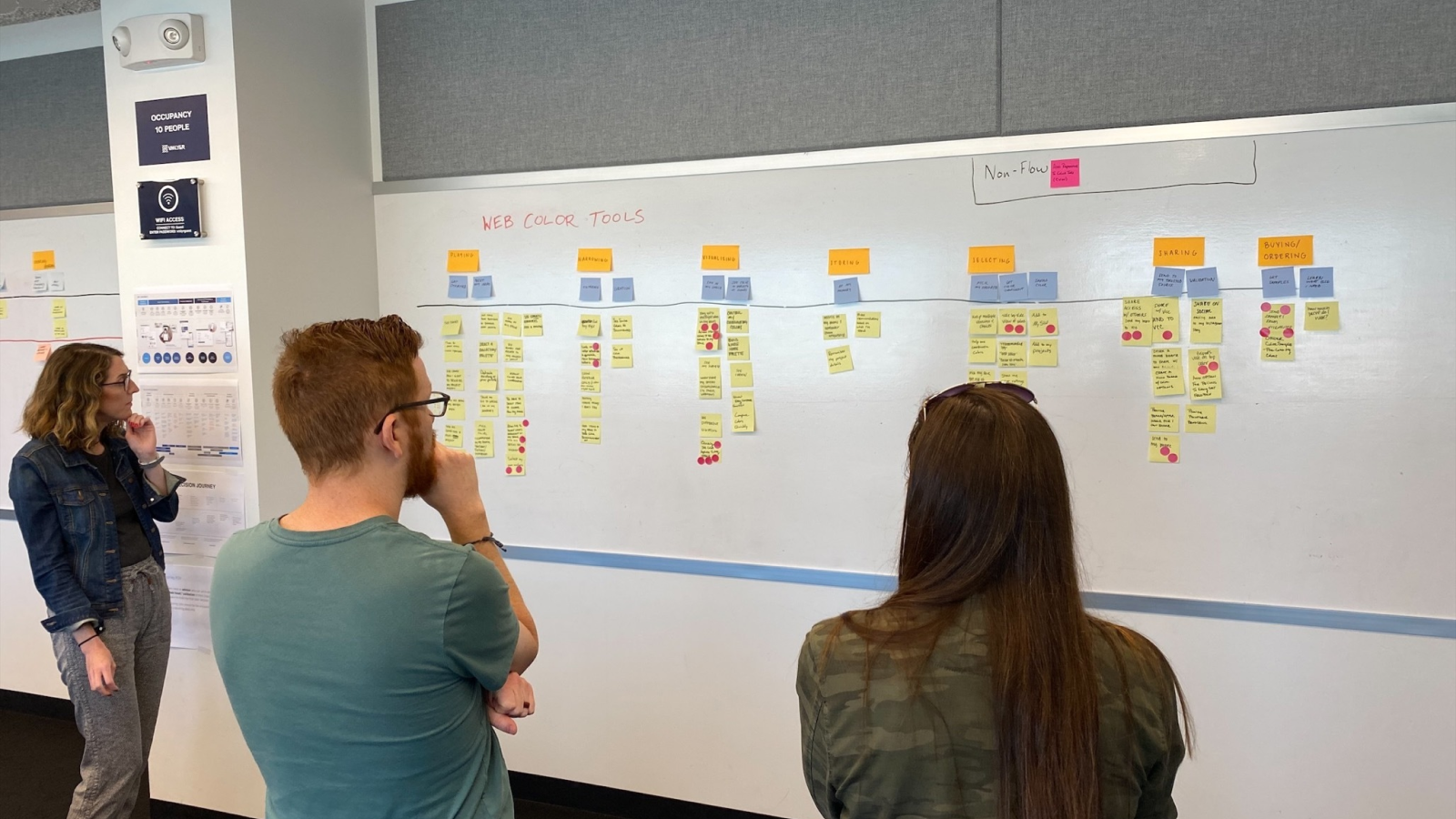Crafting memorable and effective user experiences hinges on understanding your users. As UX designers, our role is rooted in data-driven decisions, with two primary data types: quantitative and qualitative data. While quantitative data deals with numbers, qualitative data dives deep into the details, helping us grasp the 'whys' behind user behavior. Let's explore the pivotal role that qualitative research plays in shaping UX strategies.
Unlocking User Insights: Utilizing Qualitative Research to Inform UX Strategies

Topics
Understanding Qualitative Research
Qualitative research is all about exploration. It delves beyond numbers, looking to uncover the intricacies of user experiences, motivations, and perceptions. Think of it as peeling back the layers to understand not just what users do, but why they do it. At Savas, common qualitative methods include user interviews, user surveys with open-ended questions, and analyzing screen recordings. These methods are our gateway to grasping users' emotions, preferences, and pain points. With this information we can then reshape the user experience of the products we build to better accommodate user needs and cater to their preferences.
Utilizing Qualitative Data to Inform UX Strategy
In UX design, quantitative data identifies problem areas, while qualitative data defines them. Imagine seeing a high drop-off rate on the first page of a checkout flow. Quantitative data tells you that there is a problem, but it's qualitative data that reveals why that problem exists. By watching screen recordings or conducting user interviews, you might uncover that users hesitate at entering their credit card information. Armed with this insight, you can devise hypotheses, like moving the credit card fields to a later screen, and conduct further tests to refine the user flow. Leaning on qualitative data allows us to better support users and elevate their confidence in your product because we’re focusing on emotion and motivation.
Sticking with the payment flow example where the quantitative data shows a high drop-off rate, a qualitative data-gathering approach such as a user interview could uncover that customers aren't just pausing at the credit card field, they are distrustful of the entire payment flow. This information provides the insight that trust needs to be built into the payment flow through additional information about their privacy, the inclusion of accreditation badges, and properly presenting fields in the right order to build confidence that the customer's credit card information will be safe when given to the seller. In this example, qualitative data provided the emotion of fear and the motivation of financial safety as the deterrent to proceeding with the payment. A simple number could not provide the level of detail received through the qualitative approach of interviewing users for their personal insights.
Leaning on qualitative data allows us to better support users and elevate their confidence in your product because we’re focusing on emotion and motivation.
Qualitative research doesn't always have to be applied after the fact, though. It can be used in the explorative phase of a new feature or product as well. As a design agency, we often help companies define a new direction for their website or products. This is done during our discovery phase at the beginning of each project and lays the foundation for following phases. We often explore a problem space through customer surveys and customer interviews, trying to better understand the landscape and identify any friction points for users. Through user interviews and an occasional open-ended survey question, we can gain valuable, personal insights into the motivations behind what a user is trying to accomplish because many times the customer will provide a real-life scenario. This helps contextualize any quantitative data we've received, or any previous research done by our client, and can provide a pathway of exploration and prioritization for updates and features.

Let’s look at an example of how qualitative data can help us to examine the details of a current user flow in order to spot an opportunity for improvement . Recently, we’ve helped a higher education client in coordinating a massive restructuring of their navigation and an overhaul of their design system. As we undertook this project, we dove into their analytics to see how we could help their users navigate between their main university domain and all of their subdomains. Using this quantitative data, we noticed an unnatural, circular pattern between many of the subdomain pages and our clients homepage. This drew our attention and caused us to dive deeper into the problem.
We gathered qualitative data through user interviews and open-ended survey questions to learn that key subdomains were not properly connected, forcing users to return to the university homepage in order to begin a different task. Very specifically, the Academics and Admissions sections did not link to one another, even though the typical user flow was for a prospective student to explore their academic options and then apply for admission. We removed the need for this circular user journey with the addition of two buttons on each program page: an Apply button and a Request Information button. These buttons provided a path to admissions for prospective students as they researched their academic options. The quantitative analytics helped us identify the circular pattern and the qualitative data helped us determine the cause of the pattern, allowing us to make the necessary adjustments and improve the user journey for prospective students.
Tips for Gathering Qualitative Data
To gather robust qualitative data, consider a few key tips. Start with smaller sample sizes to delve deep into participants' experiences. Remember, you want as much detail as the interviewee is willing to give. For qualitative surveys, craft open-ended questions that encourage detailed responses. Given the time and effort involved, offering incentives can boost participation. However, remember, qualitative data isn't a standalone solution. Its strength lies in complementing quantitative data to provide a comprehensive understanding of user behavior.
Conclusion
Qualitative research is the compass guiding UX design. It illuminates the human elements behind the numbers. By tapping into users' motivations and perceptions, we can shape experiences that resonate more deeply with our audience. At Savas, qualitative research is just one of the tools we utilize to elevate our client experiences. We encourage you to start thinking about how you can utilize qualitative data to elevate yours.





